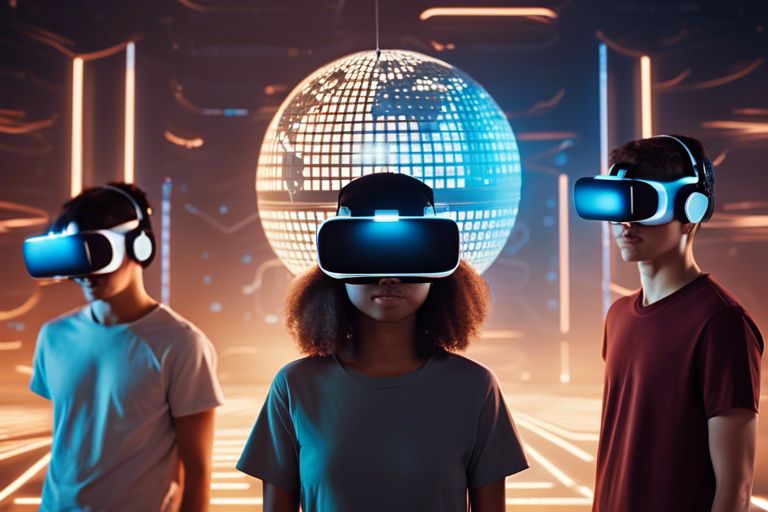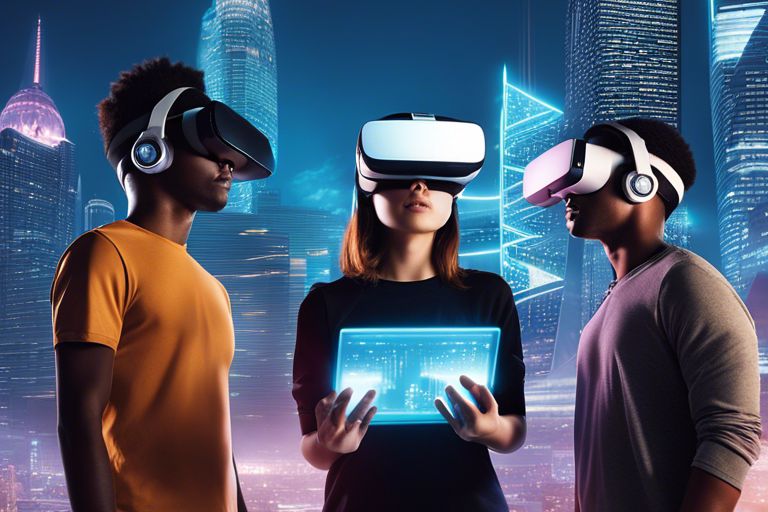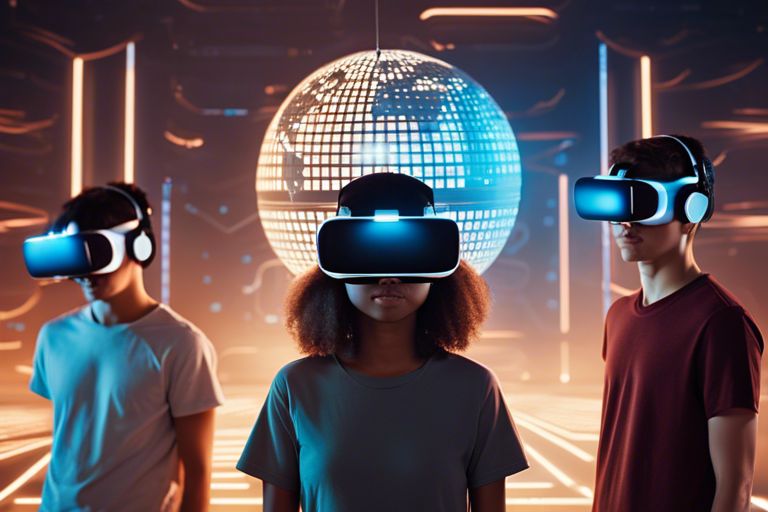There’s no denying that Virtual Reality (VR) is revolutionizing the way we interact with technology and the world around us. As this innovative technology continues to advance at a rapid pace, it’s crucial to understand the implications it will have on various aspects of our lives. From enhancing gaming experiences to transforming education and healthcare, the rise of Generation VR brings both exciting opportunities and potential challenges. Let’s probe into VR and explore what the future holds for this groundbreaking technology.
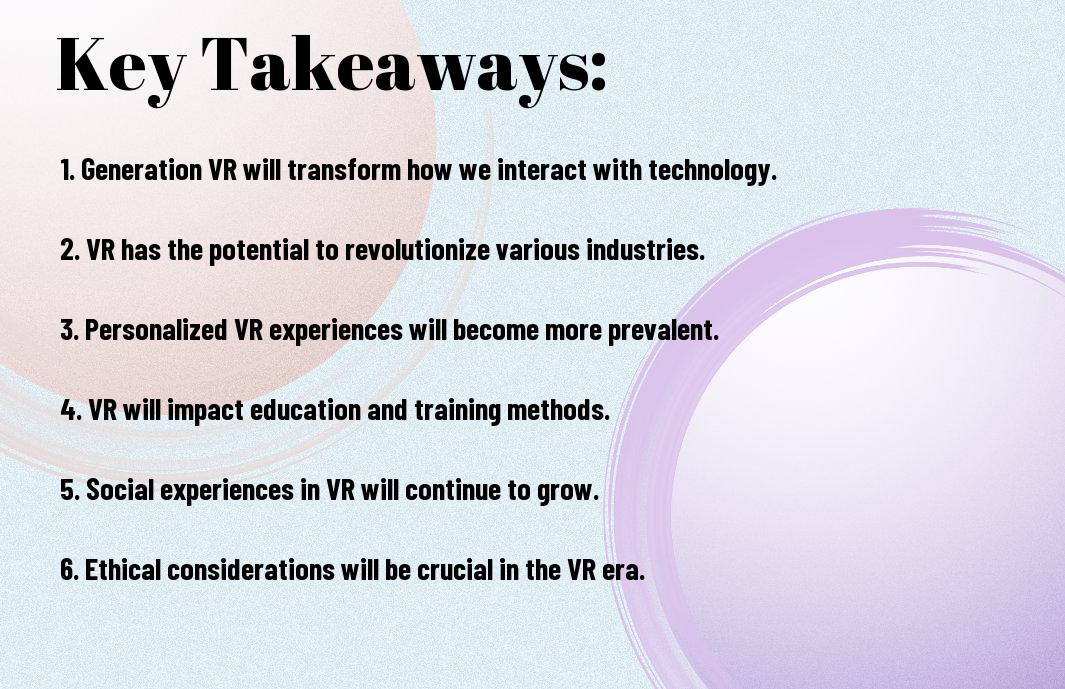
The Emergence of Generation VR
Clearly, the world of technology is evolving at an unprecedented pace, and the rise of Generation VR is no exception. As virtual reality continues to gain momentum, it is important to understand the defining characteristics of this new generation and the impact it will have on society as a whole.
Defining Generation VR
Any discussion of Generation VR must begin with an exploration of the individuals who will shape this new era. Generation VR consists of those who have grown up in a world where virtual reality is not just a novelty, but a fundamental part of everyday life. These individuals are adept at navigating virtual environments and are comfortable interacting with technology in ways that previous generations could only dream of.
As Generation VR comes of age, they bring with them a unique set of skills and perspectives that will revolutionize industries ranging from entertainment to education. Their ability to seamlessly integrate virtual experiences into their daily lives will blur the lines between the physical and digital worlds, setting the stage for a new era of innovation and collaboration.
The Early Signs and Influences
With the increasing popularity of virtual reality headsets and immersive experiences, it is clear that Generation VR is already making its mark on the world. From virtual reality gaming to virtual classrooms, this generation is leveraging technology to connect with others, explore new worlds, and push the boundaries of what is possible.
Emergence of Generation VR is not just a trend, but a transformative shift in how we interact with technology and each other. By embracing virtual reality, this generation is poised to revolutionize the way we work, play, and connect in ways that were previously unimaginable.
The Technological Landscape
Innovations Driving VR Adoption
One of the key innovations that are driving the adoption of virtual reality (VR) technology is the advancement in hardware capabilities. With more powerful processors and improved graphics rendering, VR headsets can now provide users with immersive experiences that were once only seen in science fiction. Enhancements in tracking technology have also allowed for more precise movements to be translated into the virtual world, further blurring the lines between reality and virtuality.
Another significant driver for VR adoption is the growth of content creation and development in the VR space. As more developers and companies invest in VR applications and experiences, the variety and quality of content available to users continue to expand. This influx of content not only attracts more users to VR but also helps establish VR as a legitimate entertainment and educational platform.
The Evolution of VR Hardware and Software
Any discussion of VR technology would be incomplete without acknowledging the continuous evolution of VR hardware and software. Advancements in display technology have led to higher resolution screens in VR headsets, reducing the screen door effect and enhancing the overall visual quality of virtual environments. On the software side, improvements in VR content optimization have led to smoother frame rates and less motion sickness for users, making the VR experience more comfortable and enjoyable.
Technological advancements in the VR space are not slowing down. New developments such as eye-tracking technology and haptic feedback systems promise to further enhance immersion and interaction in virtual environments. As these innovations continue to push the boundaries of what is possible in VR, we can expect more realistic and engaging experiences that will captivate audiences across various industries.
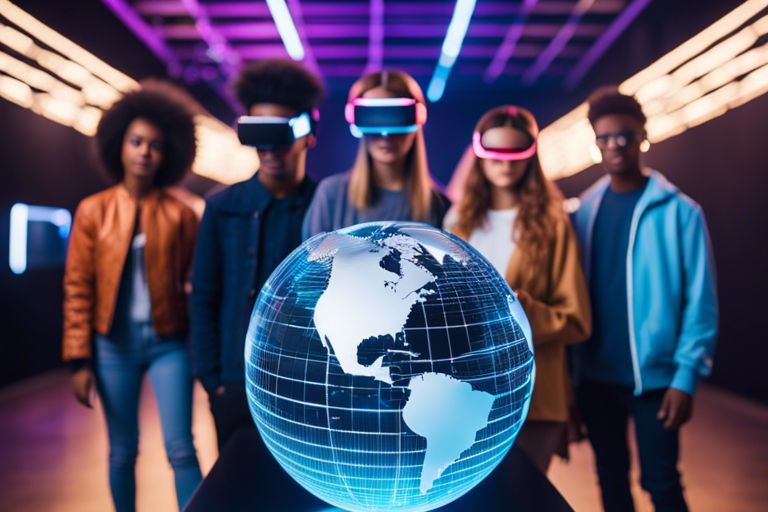
Societal Implications
All signs point to the inevitable rise of Generation VR and the massive impact it will have on society. From education to entertainment, the advent of virtual reality technology is set to revolutionize the way we live our lives.
Changes in Education and Learning
Changes in education and learning are perhaps the most immediate and profound effects of the rise of Generation VR. Virtual reality has the potential to transform traditional classroom settings into immersive, interactive learning environments. Students can now launch on virtual field trips, conduct science experiments, and engage in historical reenactments, all from the comfort of their own homes. This opens up a world of possibilities for personalized learning experiences and tailored educational content.
The integration of virtual reality technology in education also has the power to bridge gaps in access to quality education. Students in remote areas or with limited resources can now have the same educational opportunities as their more privileged peers. This democratization of education has the potential to level the playing field and empower students from all walks of life.
The Transformation of Work and Play
On the horizon is a radical shift in the way we work and play. Virtual reality promises to blur the lines between the physical and digital worlds, creating new opportunities for remote work, virtual meetings, and online collaboration. Companies can now harness the power of virtual reality to conduct training sessions, design products, and even hold conferences in immersive virtual environments.
Any form of entertainment, from sports to gaming, is also on the cusp of a major transformation. Virtual reality offers a level of escapism and immersion never seen before, allowing users to step into fantastical worlds and experience adventures beyond their wildest dreams. This new frontier of entertainment is poised to captivate audiences and revolutionize the way we consume media.
Preparing for the VR Revolution
Challenges and Opportunities
Revolution: The rise of Generation VR presents both challenges and opportunities for individuals and organizations. On one hand, there is a learning curve associated with adapting to new virtual reality technologies. Many individuals and businesses may struggle to keep up with the rapid pace of innovation in this space. However, this challenge also presents an opportunity for those who are willing to invest the time and resources into mastering VR.
Revolution: Organizations that can successfully integrate VR into their operations stand to benefit from increased efficiency, productivity, and customer engagement. The ability to create immersive virtual experiences opens up new possibilities for marketing, training, and collaboration. Embracing VR technology early on can give businesses a competitive edge in an increasingly digital world.
Strategies for Individuals and Organizations
Preparing: Individuals and organizations can prepare for the VR revolution by staying informed about the latest developments in virtual reality technology. Attending workshops, conferences, and online courses can help individuals build their skills and knowledge in this area. Organizations should also consider partnering with VR experts or investing in internal training programs to ensure their teams are equipped to leverage VR effectively.
Individuals: It is crucial for individuals to be proactive in developing their VR skills and expertise. Those who are able to demonstrate proficiency in VR design, development, or implementation will be highly sought after in the job market. Building a strong foundation in VR now can open up exciting career opportunities in a variety of industries.
Final Words
Presently, we are on the brink of a digital revolution with the rise of Generation VR. As virtual reality technology continues to advance, businesses and industries need to prepare for the widespread adoption of VR experiences. From enhancing customer engagement to revolutionizing training programs, the opportunities are endless. By understanding the potential impact of VR and strategically incorporating it into their operations, organizations can stay ahead of the curve and thrive in this new digital landscape. Are you ready to embrace the future of Generation VR?


